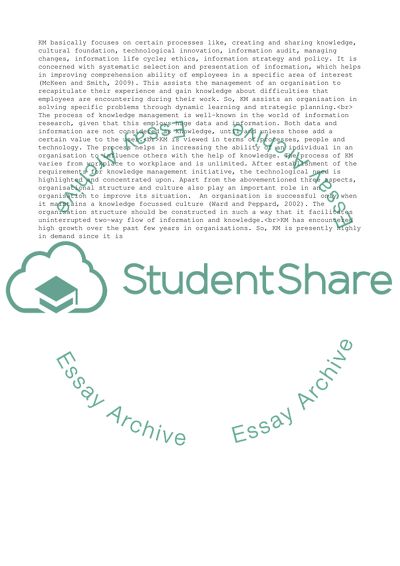Cite this document
(Based around a case study you will be required to appraises their Essay, n.d.)
Based around a case study you will be required to appraises their Essay. https://studentshare.org/management/1816488-based-around-a-case-study-you-will-be-required-to-appraises-their-current-practice-and-make-recommendations-for-improvements-in-relation-to-strategic-planning-and-management-of-knowledge-information-and-technology
Based around a case study you will be required to appraises their Essay. https://studentshare.org/management/1816488-based-around-a-case-study-you-will-be-required-to-appraises-their-current-practice-and-make-recommendations-for-improvements-in-relation-to-strategic-planning-and-management-of-knowledge-information-and-technology
(Based Around a Case Study You Will Be Required to Appraises Their Essay)
Based Around a Case Study You Will Be Required to Appraises Their Essay. https://studentshare.org/management/1816488-based-around-a-case-study-you-will-be-required-to-appraises-their-current-practice-and-make-recommendations-for-improvements-in-relation-to-strategic-planning-and-management-of-knowledge-information-and-technology.
Based Around a Case Study You Will Be Required to Appraises Their Essay. https://studentshare.org/management/1816488-based-around-a-case-study-you-will-be-required-to-appraises-their-current-practice-and-make-recommendations-for-improvements-in-relation-to-strategic-planning-and-management-of-knowledge-information-and-technology.
“Based Around a Case Study You Will Be Required to Appraises Their Essay”. https://studentshare.org/management/1816488-based-around-a-case-study-you-will-be-required-to-appraises-their-current-practice-and-make-recommendations-for-improvements-in-relation-to-strategic-planning-and-management-of-knowledge-information-and-technology.


